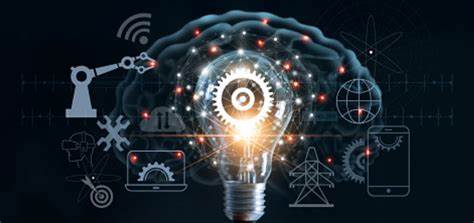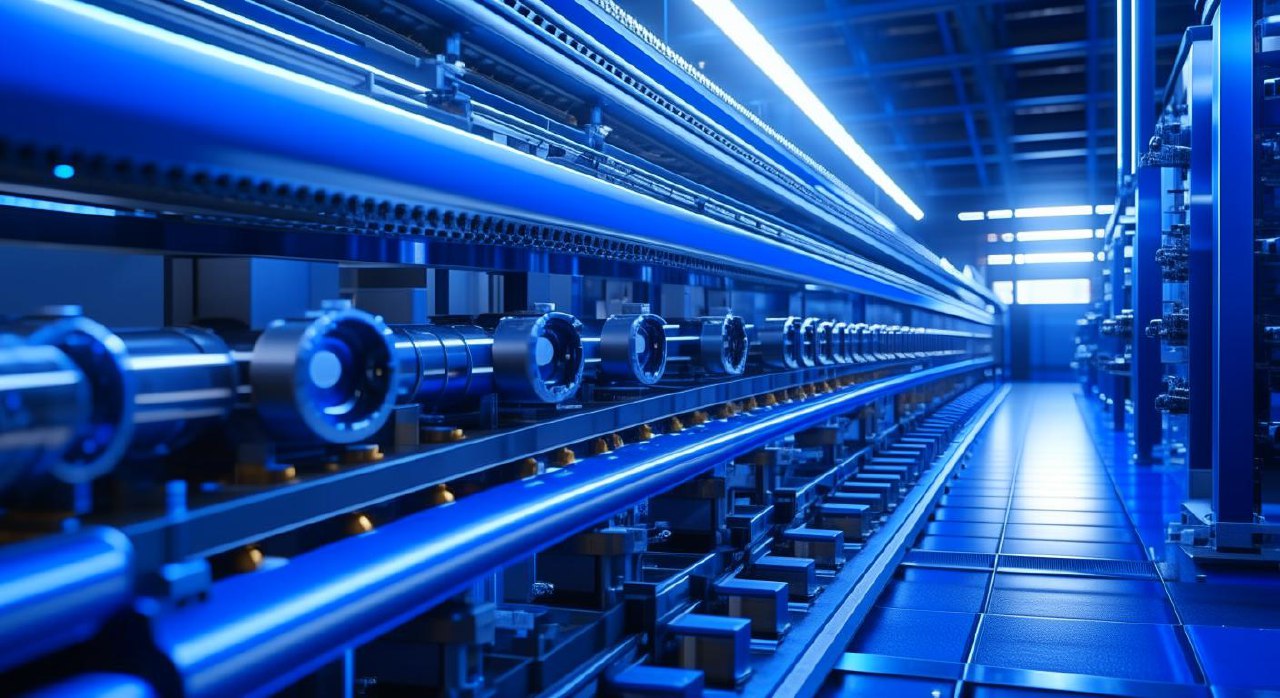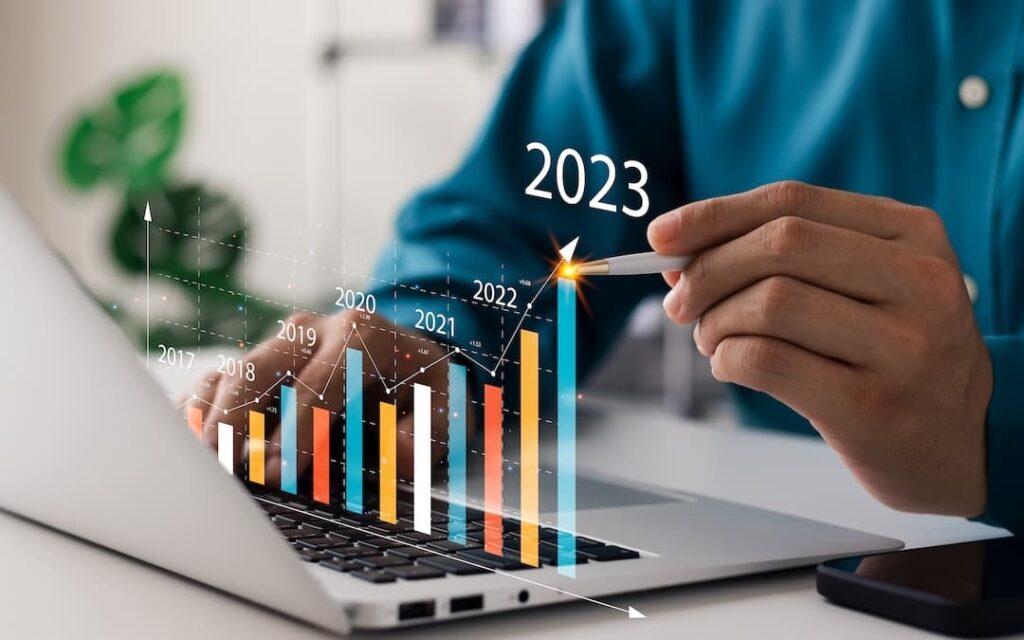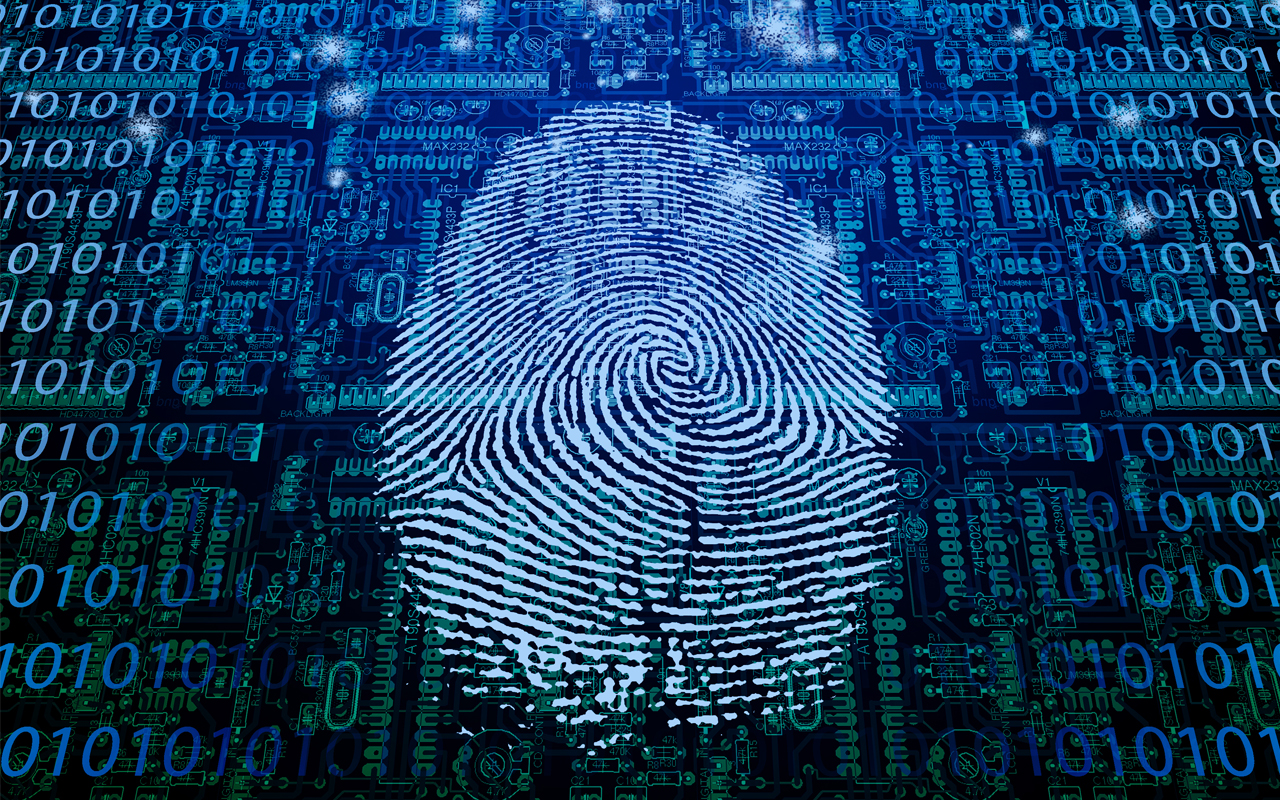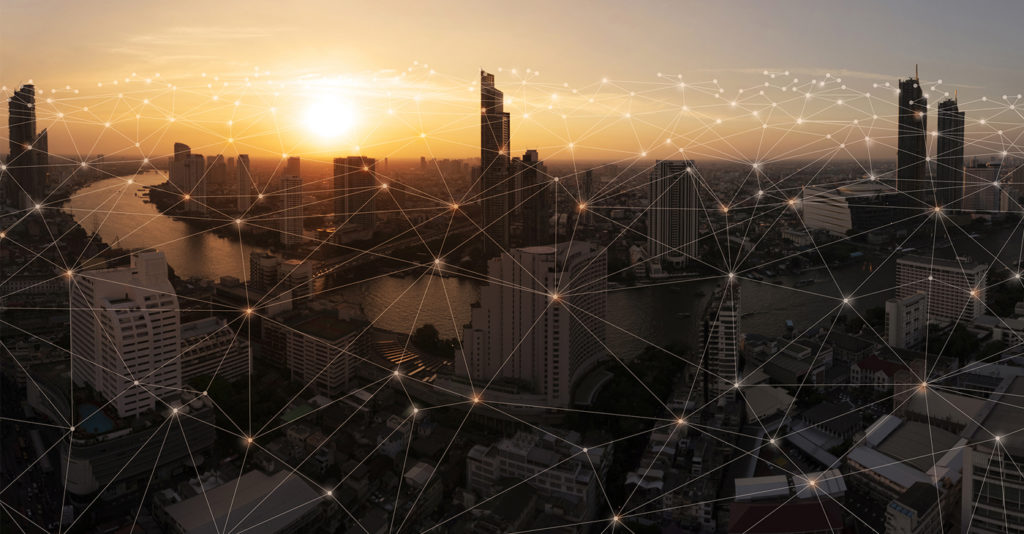In this article, we will look at how Energy Billing Software lowers the costs of your business on one side and lowers the consumption of your clients and improves their user experience on another side.
What is an Energy Billing Software?
Energy Billing Software allows detailed monitoring and management of energy and utility costs, including tracking consumption at various time intervals.
It allows users to view current and historical information about their energy and utility consumption, compare payment plans, and see trends over different periods.
Why Do You Need an Energy Billing Software?
First, there are many reasons why your business should adopt the billing system.
Second, if your business wants to be at the top, it should complete its activities on time and satisfy customers’ needs.
In your case, the problems with the energy and utility billing (water, electricity, gas).
What Does Energy Billing Software Include?
The Energy Billing Software includes the following:
- Specialized solutions for all kinds of energy and utility billing needs
- Property management (cost allocation, fees, and taxes)
- APIs for integration with other systems
- Integration with advanced metering infrastructure (AMI)
- Possibility to customize and add extra functionalities
- 24/7 support to help you set up and maintain a system
By the way, this is where Tridens Monetization shines.
The Infrastructure of an Energy Billing Software
On the consumer side, the Internet of Things (IoT) and smart home technology drive increased interest in energy usage, motivating consumers to monitor their consumption and assert more control over it.
Meanwhile, utilities and other energy stakeholders are developing mobile apps that educate consumers about energy usage, allow them to control thermostats remotely, act as portals to request service calls or pay bills, and more.
Indeed, some apps even tap into metering data to paint a picture of a consumer’s energy usage.
Energy Billing Software Benefits
The proper EBS has a lot to offer.
Here are some major benefits:
- Consolidated billing and invoicing
- Different payment methods and collection
- Provisioning
- Dunning
- Approvals
- Customer-event energy and utility consumption triggers
The benefits of the right energy billing software allow you easy and practical analytics of invoices.
Also, you can reduce the time spent (speed up invoicing and increase the cash flow).
Automated Energy Billing System
In fact, without automated billing, your business often cannot optimize sustained business growth. That’s why every company interested in development needs to automate.
If the energy billing system works correctly, it helps automate billing functions, such as generating invoices for customers on a recurring or one-time basis for different utility types.
When everything works automated, the system can be called an Automated Energy Billing System.
Old Meters – The Leading Cause of Incorrect Billing
Don’t let energy and utility billing errors silently bleed your business.
Old meters are one of the leading causes of incorrect billing. Why?
Old energy meters provide incorrect readings!
Many properties still have ancient meters in place, gradually becoming less efficient and reliable over time.
A fault ‘smart’ meter can provide erroneous energy readings too.
An energy supplier should do all they can to fix these errors as soon as possible. With these old-school energy meters, human errors can appear.
The more complex the billing process is, the more chance for human error. That’s why companies use automated systems instead to avoid mistakes and fewer opportunities for human errors.
However, some errors occur when meters are replaced, and the new meter has a different multiplier than the previous one or if the last multiplier was incorrect to begin with.
Start using smart meters instead!
Today’s smart meters also enable utilities to check grid status instantly and manage many problems remotely.
However, Automated Meter Reading (AMR) has given way to Advanced Metering Infrastructure (AMI) or smart metering, providing utilities with a constant connection to meters.
Tariffs vs Dynamic Tariffs
It’s important to mention both.
Technically, tariffs are daily charges for domestic customers (a cost-per-unit rate, or both).
For example, electricity is sold to consumers via a tariff linked to different conditions and terms.
Instead, we suggest Time of Use Tariffs that control different rates depending on the energy used.
On the other hand, dynamic tariffs can be more complicated.
Dynamic tariffs reflect the time-varying cost of supplying electricity at other times of the day and year by charging different rates.
In fact, dynamic tariffs are becoming more prevalent to efficient. They integrate more variable renewable energy sources and manage grid constraints.
Source: Energy Billing Software: Streamline Your Utility Billing Today (tridenstechnology.com)

